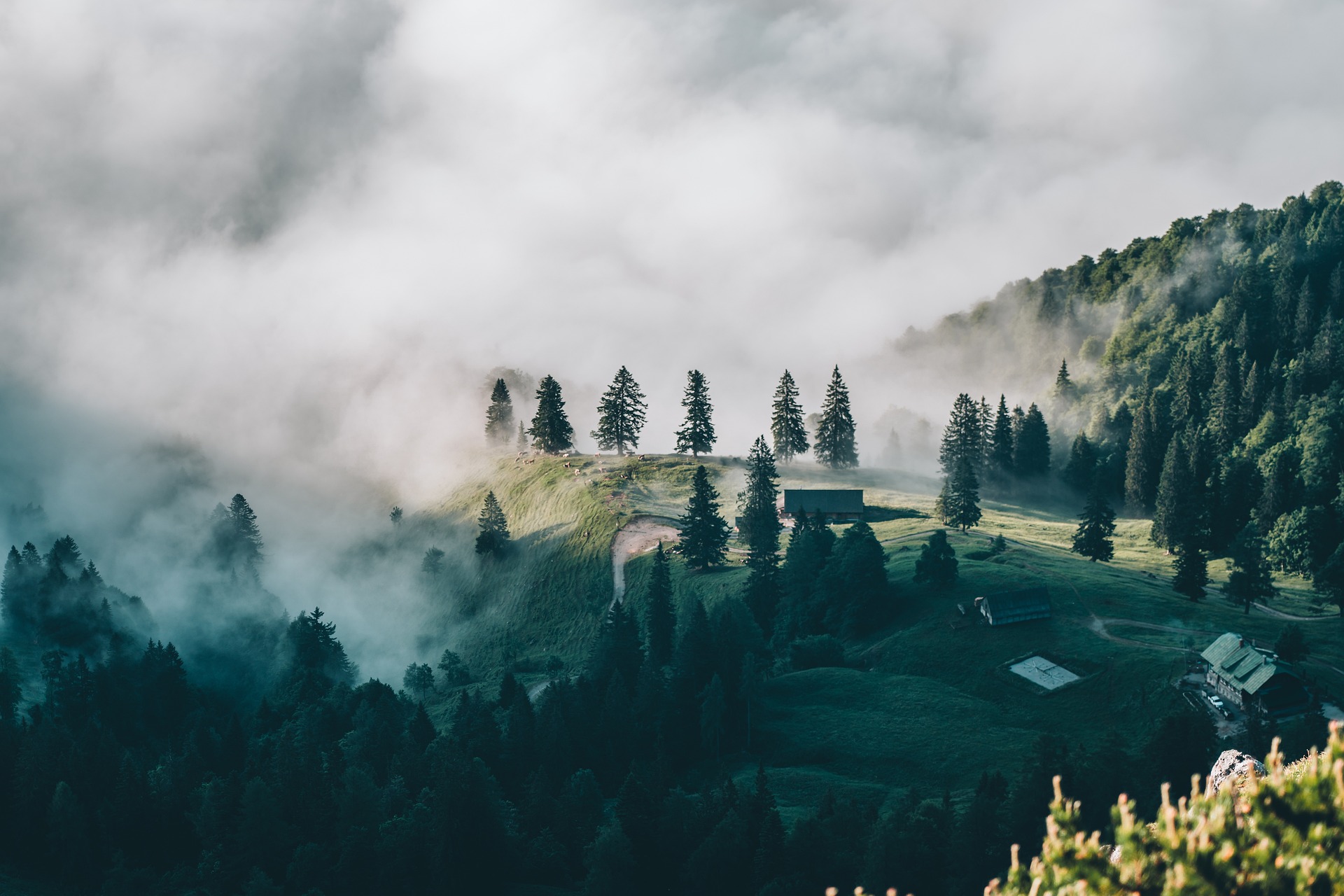Unraveling the Mysteries of Dark Tourism: A Deep Dive Into a Fascinating Travel Trend
The world of travel and transportation is constantly evolving, with new trends and experiences continually reshaping the way we explore. One such trend that has caught the attention of modern globetrotters is 'Dark Tourism.' This form of travel involves visiting sites associated with death, tragedy, or the seemingly macabre. From former prisons and battlefields to disaster-stricken areas, dark tourism is thriving. But what drives people to these places, and what impact does it have on travelers and the sites themselves?

What is Dark Tourism?
‘Dark Tourism,’ a term first coined by Lennon and Foley in 1996, refers to the act of traveling to places historically associated with death and tragedy. These sites can range from locations of natural disasters and war zones to monuments commemorating violent pasts. Despite the grim undertone, these places attract millions of tourists each year, curious about the history, the people, and the stories these sites hold.
The Allure of Dark Tourism
Dark tourism isn’t just about morbidity or the fascination with the macabre. It’s often driven by a desire to understand and empathize with the suffering of others, and to bear witness to the darker side of human history. It allows us to connect with the past in a profoundly personal way, and to reflect on our own mortality.
The Impact of Dark Tourism
Like any form of tourism, dark tourism has its advantages and challenges. On the plus side, it can bring economic benefits to areas that might otherwise struggle to attract tourists. It can also serve an educational purpose, helping to preserve history and raise awareness about past atrocities.
However, it’s not without its downsides. Critics argue that dark tourism can lead to the commercialization and trivialization of tragedy and suffering. It’s a delicate balance to maintain, ensuring that these sites are treated with the respect they deserve.
A Closer Look at Noteworthy Dark Tourism Sites
-
Chernobyl, Ukraine: The site of the world’s worst nuclear disaster in 1986, Chernobyl has since become a tourist hotspot, offering guided tours through the abandoned city of Pripyat and the surrounding exclusion zone.
-
Ground Zero, USA: The 9/11 Memorial and Museum in New York City stands on the site where the Twin Towers once stood. It serves as a poignant reminder of the terrorist attacks that took place there in 2001.
-
Auschwitz-Birkenau, Poland: Perhaps the most infamous extermination camp from World War II, Auschwitz-Birkenau is a stark reminder of the horrors of the Holocaust.
Wrapping It Up
Dark tourism, while controversial to some, offers a unique perspective on the world’s history. It’s a reminder of the tragedies, disasters, and atrocities that have shaped our collective past. However, it’s essential to approach these sites with respect and understanding, mindful of the suffering they represent. As we move forward as a global society, it’s vital we remember these darker moments of our history, not for morbid fascination, but for the lessons they teach us about humanity, compassion, and the resilience of the human spirit.




